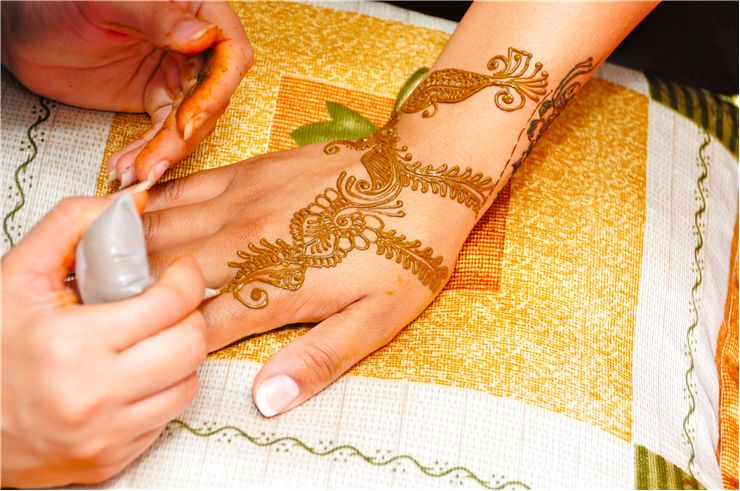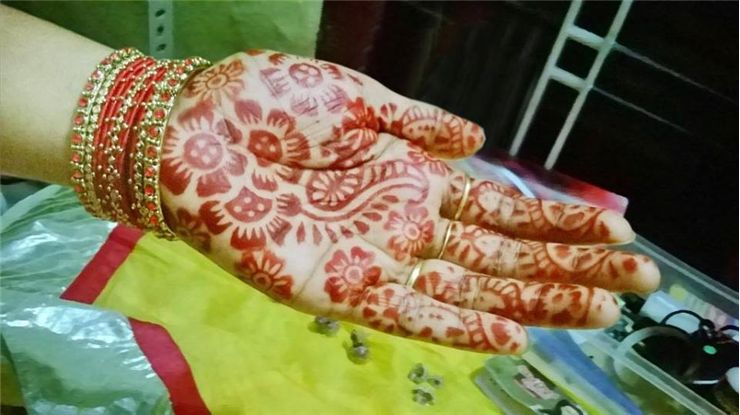Tattooing with Henna - Facts and History of Mehndi
Henna is a paste made out of henna plant. It is used for coloring of materials like wool, silk, and animal skins and for dyeing hair, and manes and hooves of horses. Technique of temporary tattooing with henna is called “mehndi” or “mehandi” in India, and when henna is applied to the skin it lasts from 7 to 14 days.
Temporary tattooing with henna is a 5000 years old tradition originating from Pakistan, India, Africa and the Middle East. Ancient Egyptians were one of the earliest to use it as a body paint as the henna was their native plant. Applying henna was part of the ritual preparation for the afterlife and we found many mummies that have their fingernails covered with henna. From there it arrived to India and it was used there since 700 AD. It was known in the late Bronze Age in the eastern Mediterranean where young women painted their bodies with it during social and holiday celebrations. When Akrotiri (Santorini) was excavated (dating from before 1680 BC), wall paintings found showed women with markings on their nails, palms and soles. Statuettes of young women found along the Mediterranean coastline that date between 16th and 6th century BC also show markings on palms that look like henna tattoos. Bodhisattvas and deities of cave wall murals at Ajanta, India date between 4th - 5th century and also show that henna was used then in India as a body paint.
Mehndi, a complex temporary tattoo made with henna on a skin, are typically applied to brides before wedding ceremonies but also in some places (like Rajasthan) on grooms. Muslims in Pakistan also use it as a mark of coming of age. As of why it is used as a part of wedding ceremony, some say that it was first used as a substitute for jewelry. Other say that henna has cooling properties when applied on a skin and people used to cover their palms and feet too cool themselves during hot desert days. They in time grew tired of boring color and started drawing complex drawings with henna on skin. One more legend says that darker color of henna on bride’s hands means greater love between bride and her mother-in-law. This is because, traditionally, when a bride and groom are married, bride goes to the house of groom to live and for the first few weeks is not forced to work but that time is used by the groom’s family to better know the bride. If she is forced to work water and work would fade the henna on her hands and people will know that her mother-in-law doesn't like her.
Leaves of a henna plant will not stain the skin if they are fresh. When they are left to dry and milled. To make henna paste, this powder is mixed with some liquid like water, lemon juice, or strong tea. To make liquid thicker some add sugar or molasses. The paste is applied to skin with traditional or modern quills.

